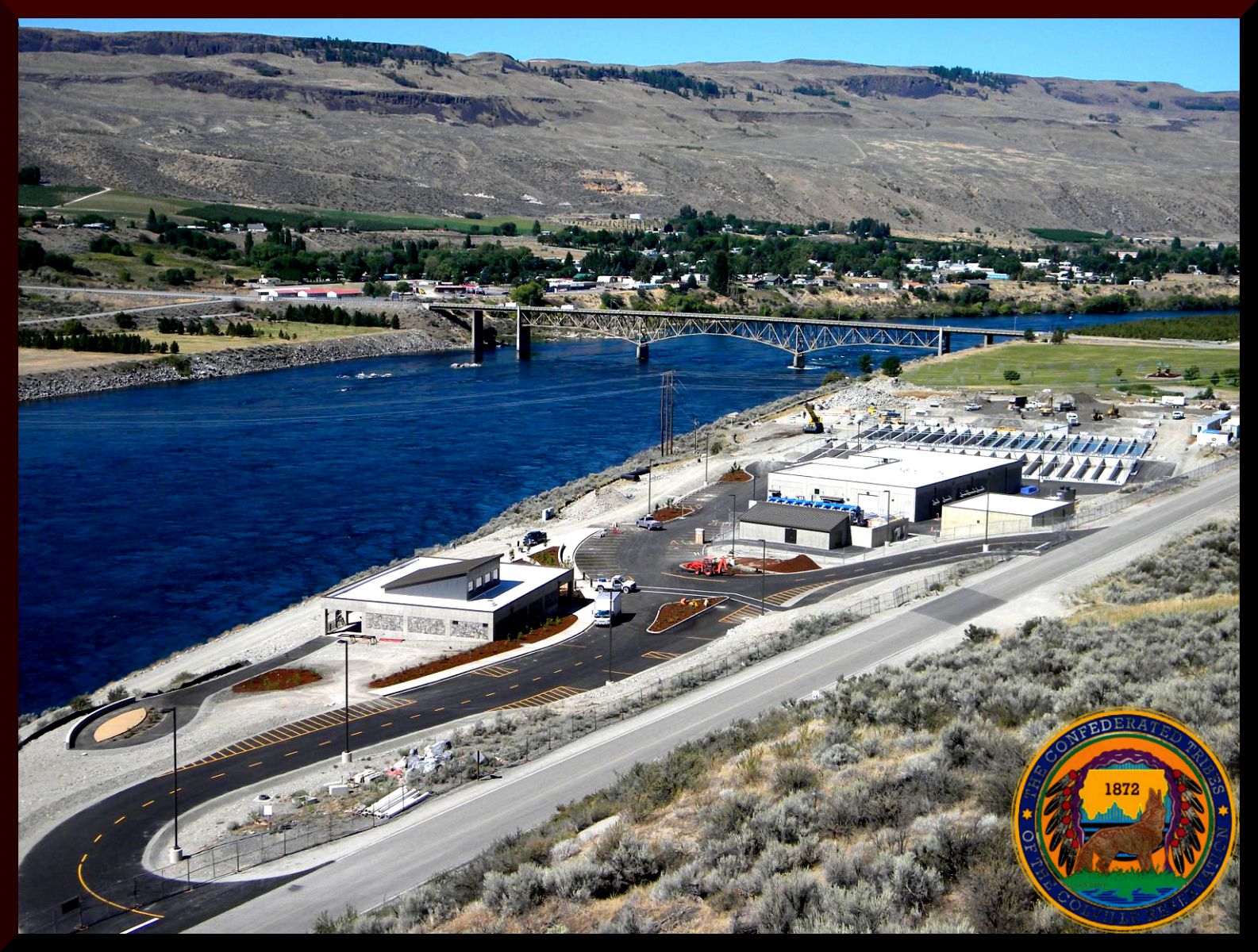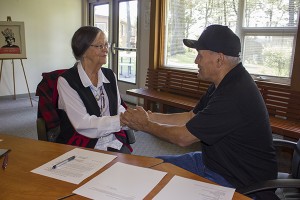Rob Capriccioso, Indian Country Today Media Network
On June 15, Clinton Global Initiative (CGI) announced plans to promote and help six South Dakota tribes develop a joint wind energy project. The tribes are the Cheyenne River Sioux Tribe, the Crow Creek Sioux Tribe, the Oglala Sioux Tribe, the Rosebud Sioux Tribe, the Sisseton-Wahpeton Oyate and the Yankton Sioux Tribe; the project will ultimately see them place several wind turbines on their reservations in an effort to create electricity to sell on the open market.
“It has always bothered me that the green energy revolution has escaped the tribal lands by and large,” President Bill Clinton said at a June 15 event hosted by the foundation in Chicago. “Those who live on tribal lands without casinos still have the lowest per capita income in the country. The potential of this is staggering.”
The tribes are raising funds and increasing financial capacity to make their vision happen, so the promotion by CGI at this early stage is important, organizers say. The project is estimated to cost up to $3 billion, and this money is supposed to be raised by a power authority that will be formed and owned by the tribes.
Clinton said this was a “favorite commitment” of his because it stands to benefit both poor tribes and America at large.
While the Clintons have gone out of their way to say that their foundation work is not political, their new and increased outreach to tribes on renewable energy is seen as a positive sign for tribal advocates who hope to curry favor in 2016 and beyond. And for the Clintons and their allies, tribal contributions and Indian votes are always attractive.
Bob Gough, a leader with the Intertribal Council on Utility Policy, is one who looks favorably on “a new and growing relationship with CGI and Indian country,” saying that Hillary Clinton “has been an ally for years.” He noted that his organization has previously worked with her on tribal wind power issues to seek a change in tax policy to help tribes in this area.
Gough noted, too, that his organization has worked with CGI since 2005 and helped offset half of the carbon footprint of the foundation’s first meeting. He has met twice with President Clinton, who has said during these meetings that he wishes he could have done more as President for tribal communities.
Hillary Clinton, who left her position as Secretary of State with the Obama administration on February 1, joined the Clinton family foundation just a few days before the CGI tribal announcement. In her opening speech at the CGI conference where the tribal announcement was made, she identified three major areas that she would focus on—early childhood development, economic development and opportunities for women and girls.
“The Oceti Sakowin Wind Project fits perfectly with this focus, so regardless of whether she again seeks public office, we hope that she will continue to champion policies that will spur economic development in Indian country,” said Jon Canis, a lawyer with Arent Fox who has worked pro bono for the Oglala Sioux Tribe.
Finding ways for the federal government to work with tribal governments on renewable energy projects has been a major focus of some tribes throughout the Obama administration to date, and many would like to see increased work done in this area in future administrations.
Canis noted that President Clinton was the first sitting president since Franklin D. Roosevelt to visit a reservation when he visited Pine Ridge in 1999, and Hillary Clinton campaigned strongly for the Native vote in 2008. He said that he is hopeful the new CGI support signifies an understanding of the importance of building a strong economic base for tribes.
“We hope that whoever may run in the 2016 election will work hard to gain the trust and support of Indian country and pursue policies that promote economic development on rural tribal lands,” Canis added.
Canis said the Clintons have a standing invitation to visit any of the reservations of the participating tribes. “Now that the Oceti Sakowin Wind Project is a featured commitment with CGI America, we will submit progress reports every six months, and will be invited to attend the next conference to report in person. As progress on this project continues, we hope it will cause many dignitaries, including the Clintons, to visit the tribes to see for themselves.”
Read more at https://indiancountrytodaymedianetwork.com/2013/06/24/bill-and-hillary-clintons-global-initiative-ups-support-tribes-150081
















